Can Heating Pads Cause Internal Damage? Myths vs. Medical Facts
That viral post claiming heating pads "cook your organs" has millions worried—but the medical reality is far less dramatic. While heating pads can cause problems when misused, most fears about internal damage stem from myths that persist despite zero scientific evidence. The real risks? They're completely preventable with proper use.
In this article, we'll separate internet hysteria from medical fact, examining what heating pads actually can and can't do to your body. Let's see what science actually says about heating pad safety.
🔥 Can Heating Pads "Cook" or Burn Internal Organs?
The Myth: Heating pads can penetrate deep enough to literally cook your organs like meat.
The Science: Standard heating pads only penetrate 1-2 cm into tissue. Your organs sit behind multiple protective layers—skin, fat, fascia, and muscle—that dissipate heat long before it reaches internal structures. Core body temperature would need to exceed 105°F for organ damage, whereas heating pads only affect superficial tissues.
No peer-reviewed studies link regular heating pad use to organ damage. Millions of people use heating pads for chronic conditions, and when used correctly, they have not been associated with organ complications. The body's thermoregulation maintains stable internal temperatures regardless of external heat application. Blood circulation actually protects organs by distributing and dissipating localized heat.
Verdict: It is physically impossible for a heating pad to burn internal organs.
🫘 Can Heating Pads Cause Kidney Damage?
The Myth: Heating pads on body damage kidneys since they're located near the surface.
The Science: Kidneys sit 7-12 cm deep, protected by layers of muscle, retroperitoneal fat, and Gerota's fascia. Heating pad penetration (1-2 cm) doesn't reach the kidney depth. Studies on hyperthermia show that kidney damage can occur when core body temperature rises significantly without effective heat dissipation—something external heating pads cannot cause. In fact, kidney patients routinely use heating pads for dialysis-related discomfort without complications.
Verdict: Anatomically and thermodynamically impossible.
🤒 Can a Heating Pad Raise Core Body Temperature?
The Myth: Using a heating pad generates enough heat to raise overall core body temperature.
The Science: Heating pads only warm the skin and shallow tissue beneath, penetrating about 1–2 cm. Core body temperature, which reflects the heat of vital organs like the brain, heart, and liver, is tightly regulated by the body. To raise it, the entire body must be exposed to intense heat sources such as saunas, fevers, or extreme environments. While a heating pad may make the skin feel hot or provide localized warming, it cannot elevate overall body temperature or mimic fever-like effects when used properly.
Verdict: Heating pads do not raise core body temperature; they provide localized surface warmth only.
⚡️ Can Heating Pads Cause Nerve Damage?
The Myth: Heat damages nerves, causing permanent numbness or neuropathy.
The Science: Peripheral nerves can suffer thermal injury, but only at high temperatures with direct, prolonged contact—like fire, boiling water, steam—leading to tingling, numbness, or burning sensations. Most heating pads operate below this threshold and are generally safe for 15–30 minutes per session. Risk increases with continuous use, high heat, or reduced skin sensitivity. Use moderate heat, limit sessions, avoid sleeping with pads on, and check skin frequently. Weighted or smart pads enhance safety.
Verdict: Only possible with severe misuse, causing burns.
🤱 Can a Heating Pad Kill Your Eggs and Affect Female Fertility?
The Myth: Heating pads generate enough heat to reach the ovaries, killing eggs and reducing fertility.
The Science: Human eggs are stored in the ovaries, located deep in the pelvis and protected by layers of muscle, fat, and tissue. Heating pads only warm the skin surface and penetrate about 1–2 cm, far from reaching the ovaries or other reproductive organs. Unlike sperm, which are more heat-sensitive, eggs are not harmed by mild external heat. Normal heating pad use does not disrupt ovarian function, egg quality, or fertility.
During IVF, doctors sometimes recommend heating pads—before egg pickup to ease muscle tension and after retrieval to soothe abdominal cramps. They provide comfort only and do not influence egg viability, retrieval outcomes, or overall fertility.. Always follow your fertility specialist’s guidance to ensure safe use and avoid overheating.
👨🍼 Does Heating Pad Kill Sperm and Affect Male Fertility?
The Myth: Using a heating pad can kill sperm and cause permanent infertility in men.
The Science: Male fertility concerns are partly valid because sperm production is temperature-sensitive. The testes need to stay a few degrees cooler than body temperature for healthy sperm development. Direct, prolonged scrotal heating—such as sitting in hot tubs, saunas, or placing a heating pad directly on the groin—can temporarily lower sperm count and motility. However, this effect is usually reversible once normal temperature is restored. General abdominal or back use of a heating pad does not reach or significantly heat the testes.
Verdict: Heating pads do not permanently kill sperm or cause infertility, though prolonged direct scrotal heat may temporarily reduce sperm quality.
🤰 Are Heating Pads Safe During Pregnancy?
The Legitimate Concern: Raising core body temperature above 102°F during the first trimester increases neural tube defect risk.
What Science Shows: Hot tubs and saunas, which significantly raise core temperature, have been linked to these risks. Research on heating pad use during pregnancy is limited. Most doctors recommend avoiding direct abdominal heat or using only the lowest heat setting for brief periods. For localized pain relief—such as neck, shoulder, or back discomfort—heating pads are generally considered safe when used cautiously and not directly on the abdomen.
Safe Pregnancy Protocol:
-
Avoid abdominal placement entirely
-
Use the lowest setting only
-
Limit sessions to 10-15 minutes
-
Apply to extremities rather than the torso
-
Switch to other pain management methods when possible
Your safety and your baby’s are always the priority. Using a heating pad on your neck, shoulders, or legs poses minimal risk since localized heat won't meaningfully raise core temperature.
🤚 Can Heating Pads Cause Skin Cancer?
The Concern: Repeated heating pad use increases skin cancer risk.
The Science: Skin cancer is caused primarily by DNA damage from ultraviolet (UV) radiation, chemical exposure, or genetic factors. Heating pads emit infrared radiation, not UV radiation. Infrared doesn't damage DNA like UV does.
Chronic exposure to heat from heating pad may lead to Erythema Ab Igne, usually a benign situation. In rare cases, persistent long-term lesions may develop into skin cancer. To minimize risk, keep a barrier between the heating pad and skin, use the lowest comfortable heat, limit the length of use, and regularly check your skin for any lasting changes.
Verdict: Skin cancer from heating pads is extremely rare, but safe usage and monitoring are still important.
🩸 Can a Heating Pad Affect Blood Pressure?
The Legitimate Concern: Heat causes vasodilation, potentially affecting blood pressure in sensitive individuals.
What Science Shows: Heat therapy dilates blood vessels, increasing blood flow and temporarily lowering blood pressure. For most people, this effect is mild and beneficial. However, those with hypertension medications, orthostatic hypotension, or cardiovascular conditions may be more sensitive and experience:
-
Dizziness upon standing
-
Medication interactions (vasodilators + heat = excessive drop)
-
Irregular heartbeat in predisposed individuals
Electric blankets and heating pads used for chronic pain don't typically cause problems unless combined with hot environments or medications. Space heaters plus heating pads, for example, create systemic heat exposure that affects blood pressure more than localized treatment.
Safety Measures:
-
Monitor symptoms during first uses
-
Stay hydrated
-
Rise slowly after treatment
-
Avoid combining with hot baths
-
Consult your doctor if taking blood pressure medications
🫀 Can a Heating Pad Cause Heart Palpitations?
The Legitimate Concern: Some individuals report heart palpitations during heating pad use.
What Science Shows: Palpitations from heating pads typically result from:
-
Vasodilation response: Blood vessels dilate, heart compensates by beating faster
-
Dehydration: Heat increases fluid loss, concentrating blood
-
Electrolyte shifts: Sweating depletes minerals affecting heart rhythm
-
Anxiety response: Worrying about heat exposure triggers stress response
These aren't direct cardiac effects but secondary responses to heat. Unlike space heaters or central heating that warm your entire body, localized heating pad use rarely triggers palpitations unless you're particularly sensitive or have underlying conditions.
Who's at Higher Risk:
-
Those with arrhythmias
-
Anxiety disorder patients
-
People with diabetes (autonomic dysfunction)
-
Individuals on heart medications
Red Flags Requiring Medical Attention:
-
Chest pain with palpitations
-
Sustained irregular heartbeat
-
Shortness of breath
-
Dizziness or fainting
For perspective: For most people, using electric heating pads, hot water bottles, or electric blankets does not cause cardiac issues. The caution applies mainly to those with pre-existing conditions or using excessive heat for prolonged periods.
Real Risks of Heating Pads: What Actually Happens
While organ damage myths are unfounded, heating pads do carry real risks—primarily to skin, not internal structures.
Toasted Skin Syndrome (Erythema Ab Igne)
The most common actual complication from electric heating pads is called erythema ab igne—literally "redness from fire" or "skin burns." This condition creates a distinctive net-like rash of brown discoloration where the heat source repeatedly contacts the skin, sometimes resulting in minor burns—for example, the lower back when using a heating pad or the abdomen from resting a laptop.
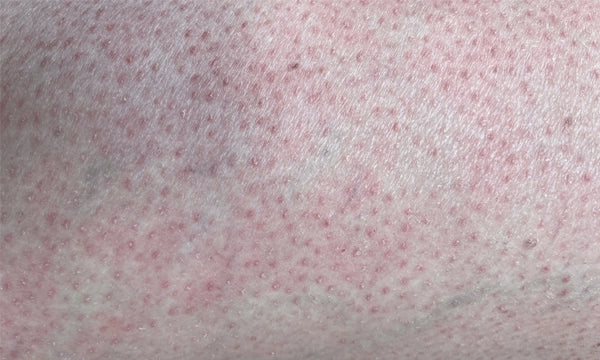
Causes from Heating Pads:
-
Falling asleep without auto-shutoff features
-
Direct skin contact at high temperatures
-
Defective units with uneven heating or hot spots
-
Prolonged use in one position
-
Impaired sensation (diabetes, neuropathy)
-
Wet skin increasing conductivity
Toasted skin syndrome isn't just from heating pads—laptops, space heaters, hot water bottles, and even car seat heaters cause identical patterns. Fire stains (another name for this) were common when people sat near fires for warmth.
How it Develops:
Prolonged or repeated exposure to temperatures between 109-116°F damages superficial blood vessels and skin cells, sometimes producing mild burns. The pattern mirrors the heating element layout, creating characteristic reticular (net-like) patches.
Classic Appearance:
-
Lacy, brown pigmentation
-
Initially pink, becoming brown over the weeks
-
Painless skin discoloration
-
Pattern matches heating pad coils
Progression and Complications:
While usually benign, chronic toasted skin syndrome occasionally progresses:
-
Mild: Temporary discoloration fading over months
-
Moderate: Permanent pigmentation changes, skin thinning
-
Severe: Skin atrophy, scarring from repeated burns (rare)
-
Very rare: Association with squamous cell carcinoma and Merkel cell carcinoma after decades
Electrical Hazards
Heating pads with damaged cords, exposed wires, or faulty plugs can pose serious risks of electric shock or even fire. Using a pad near water, such as in a bathroom or on damp surfaces, further increases danger.
Regularly inspect your heating pad for frayed wires, loose connections, or worn-out insulation before use. Always follow manufacturer guidelines, unplug the device when not in use, and avoid using pads that show any signs of damage.
Choosing pads with safety certifications and automatic shut-off features can also help minimize electrical hazards and ensure safer use.
Allergic Reactions or Skin Irritation
Heating pads may contain fabrics, gels, or chemical coatings that can trigger allergic reactions or irritate sensitive skin. Redness, itching, or rashes can occur, particularly in people with eczema or other skin conditions.
To minimize risks, always check the materials used in the pad before purchase and test on a small area if you are prone to allergies. Using a thin cloth or towel as a protective layer between your skin and the pad can provide a barrier, reduce direct contact, and help prevent irritation while still allowing effective heat therapy.
Risk for People with Certain Conditions
Individuals with conditions such as diabetes, neuropathy, or poor circulation may have reduced sensitivity to heat, making it harder to detect when a heating pad is too hot. This can increase the risk of burns, blisters, or deeper tissue damage.
Pregnant women should exercise extra caution and consult a healthcare professional before applying heat to the abdomen, as excessive warmth can affect both mother and baby.
For anyone with these conditions, using a lower heat setting, limiting session duration, and always placing a protective layer between the pad and skin are essential safety measures.
Safe Use Guidelines
Smart heating pad use eliminates virtually all risks while maintaining therapeutic benefits.
🌡️ Temperature Limits
| Risk Level | Temperature |
| Safest | Low heat (104–113°F / 40–45°C) |
| Standard | Medium heat (113–122°F / 45–50°C) |
| Caution | High heat (122–140°F / 50–60°C) |
| Danger | Exceed 140°F (60°C) |
‼️ Essential Safety Features
Look for these non-negotiables:
-
Auto-shutoff timers (prevent overnight burns)
-
Multiple heat settings (precise temperature control)
-
Even heat distribution (no hot spots)
-
Safety certifications (UL, ETL, or CE marked)
Homlyns' graphene heating pads include 10 heat levels and 4-timer settings, letting you find therapeutic temperatures without exceeding safety thresholds. The weighted design maintains consistent contact without requiring dangerous positioning.

✅ Usage Protocol
Follow these guidelines to ensure safe and effective treatment:
- Always use barrier layers (clothing or towels) to protect skin.
- Start with the lowest setting and increase gradually if needed.
- Limit continuous use to 20–30 minutes.
- Check skin every 5–10 minutes during use.
- Never sleep with heating pads that lack auto-shutoff features.
- Replace pads showing wear or damage immediately.
- Avoid putting pressure on the pad (don’t lie directly on it).
- Rotate application areas for chronic conditions.
- Use variable heat settings to prevent cumulative damage.
- Alternate with cold therapy for chronic pain to reduce risk while maintaining effectiveness.
- Stay hydrated during treatment.
❌ Special Precautions
Never use heating pads with:
-
Topical pain creams (burn risk)
-
Wet or damp skin
-
Impaired sensation areas
-
Open wounds or infections
-
While taking muscle relaxants or sleeping pills
When to See a Doctor
Certain symptoms during or after heating pad use require immediate medical evaluation.

Emergency Warning Signs
Seek immediate care for:
-
Blistering or charred skin
-
Severe pain that persists after removing the heat
-
Signs of infection (pus, red streaks, fever)
-
Electrical shock or burns
-
Chest pain or difficulty breathing during use
Schedule an Appointment For
Skin changes:
-
Persistent rash lasting over 1 week
-
Dark patches that don't fade after 3 months
-
Texture changes (thickening, scaling)
-
Any suspicious growths or sores
Systemic symptoms:
-
Recurring dizziness during heat therapy
-
Heart palpitations with heating pad use
-
Unusual swelling after treatment
-
Numbness or tingling that persists
Pre-existing Conditions Requiring Consultation
Before starting regular heat therapy, consult your doctor if you have:
-
Diabetes (especially with neuropathy)
-
Heart disease or arrhythmias
-
Blood pressure disorders
-
Pregnancy (any trimester)
-
Cancer or undergoing cancer treatment
-
Bleeding disorders
-
Vascular disease
Your physician can recommend safe temperature ranges and session durations specific to your condition.
When to Replace Your Electric Heating Pad
Stop using it immediately if you notice:
-
Exposed wires or damaged cords
-
Uneven heating or hot spots
-
Burning smell during use
-
Visible wear on heating elements
-
Inconsistent temperature control
-
Moisture inside the pad
Quality heating pads with durable construction and safety certifications typically last 3-5 years with regular use. Investing in reliable equipment with proper safety features costs less than a single emergency room visit for burns.
Safe Heat Therapy Starts with Homlyns
Heating pads can't cook your organs or cause internal damage—that's internet mythology. The real risks? Burns from falling asleep, skin changes from chronic overheating, and electricity hazards from damaged units. Every genuine risk is completely preventable with proper equipment and smart usage habits.
Key takeaways:
-
Heating pads only penetrate 1-2cm—organs are completely safe
-
Toasted skin syndrome is the main chronic risk (cosmetic, not dangerous)
-
Burns from high heat or prolonged use are the primary concern
-
Auto-shutoff and temperature controls prevent 99% of injuries
-
Pregnancy and certain other conditions require extra caution
When chronic pain or muscle tension needs reliable relief, Homlyns' electric graphene heating pads deliver therapeutic heat without the safety worries. With 10 precise temperature settings, auto-shutoff timers, and even heat distribution, you get professional-grade therapy that protects against burns while effectively treating your condition. Because pain relief shouldn't come with risk.
Reference
- Mineroff J, Wang JY, Philip R, Austin E, Jagdeo J. Near-infrared light does not induce DNA damage in human dermal fibroblasts. J Biophotonics. 2024 Feb;17(2):e202300388. doi: 10.1002/jbio.202300388. Epub 2023 Dec 12. PMID: 38019097.
- Pizzey FK, Smith EC, Ruediger SL, Keating SE, Askew CD, Coombes JS, Bailey TG. The effect of heat therapy on blood pressure and peripheral vascular function: A systematic review and meta-analysis. Exp Physiol. 2021 Jun;106(6):1317-1334. doi: 10.1113/EP089424. Epub 2021 May 10. PMID: 33866630.
- Sato Y, Roncal-Jimenez CA, Andres-Hernando A, et al. Increase of core temperature affected the progression of kidney injury by repeated heat stress exposure. Am J Physiol Renal Physiol. 2019;317(5):F1111-F1121. doi:10.1152/ajprenal.00259.2019
- Yousef H, Ramezanpour Ahangar E, Varacallo MA. Physiology, Thermal Regulation. [Updated 2023 May 1]. In: StatPearls [Internet]. Treasure Island (FL): StatPearls Publishing; 2025 Jan-. Available from: https://www.ncbi.nlm.nih.gov/books/NBK499843/




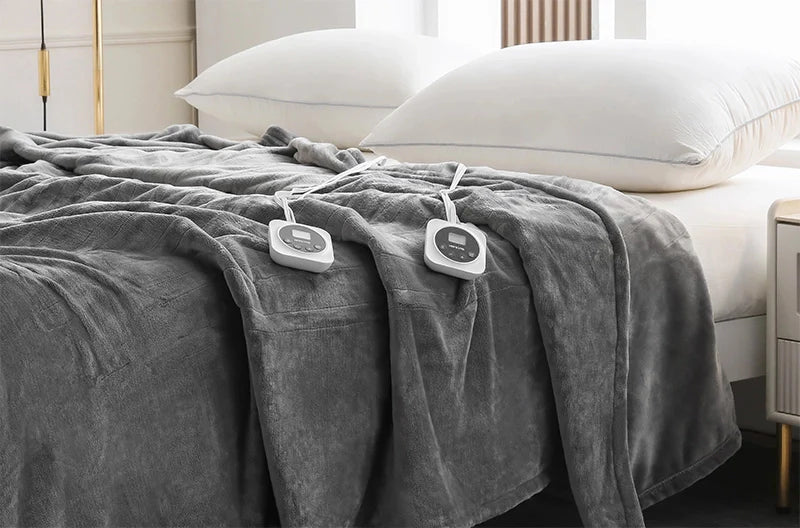
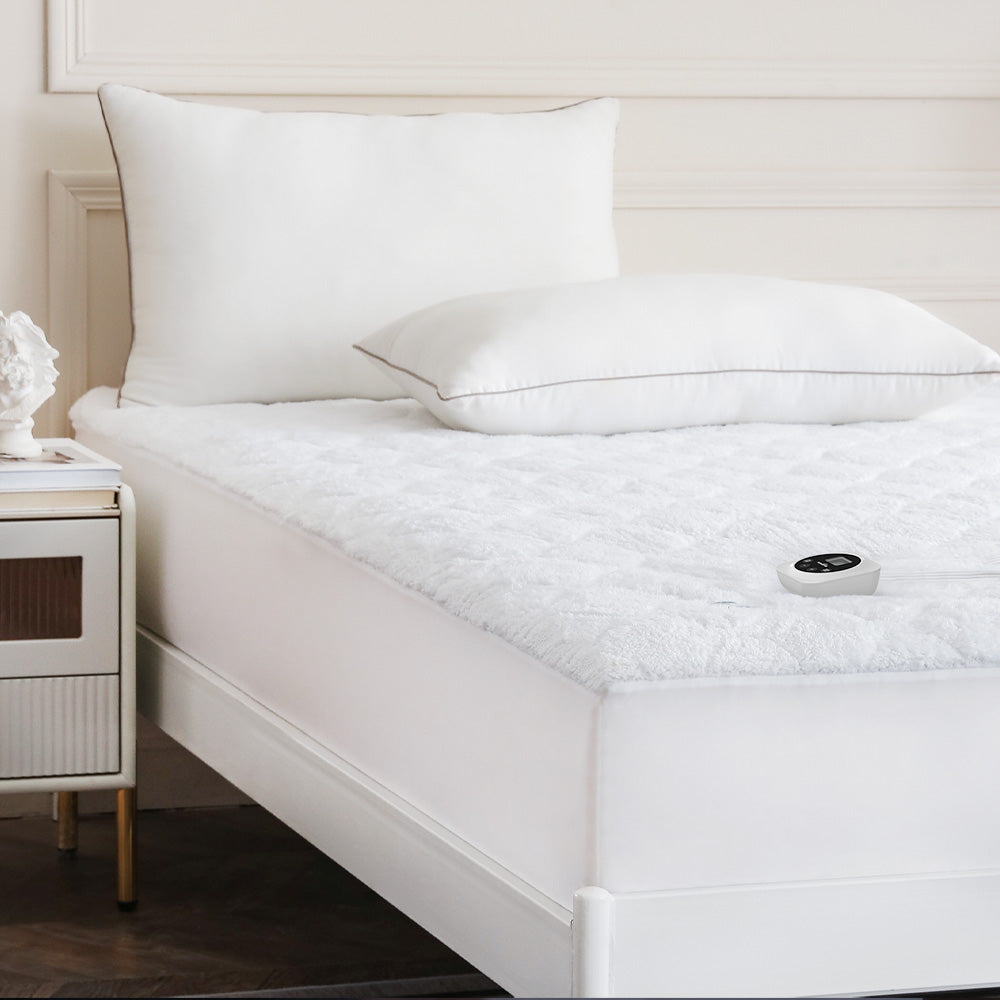
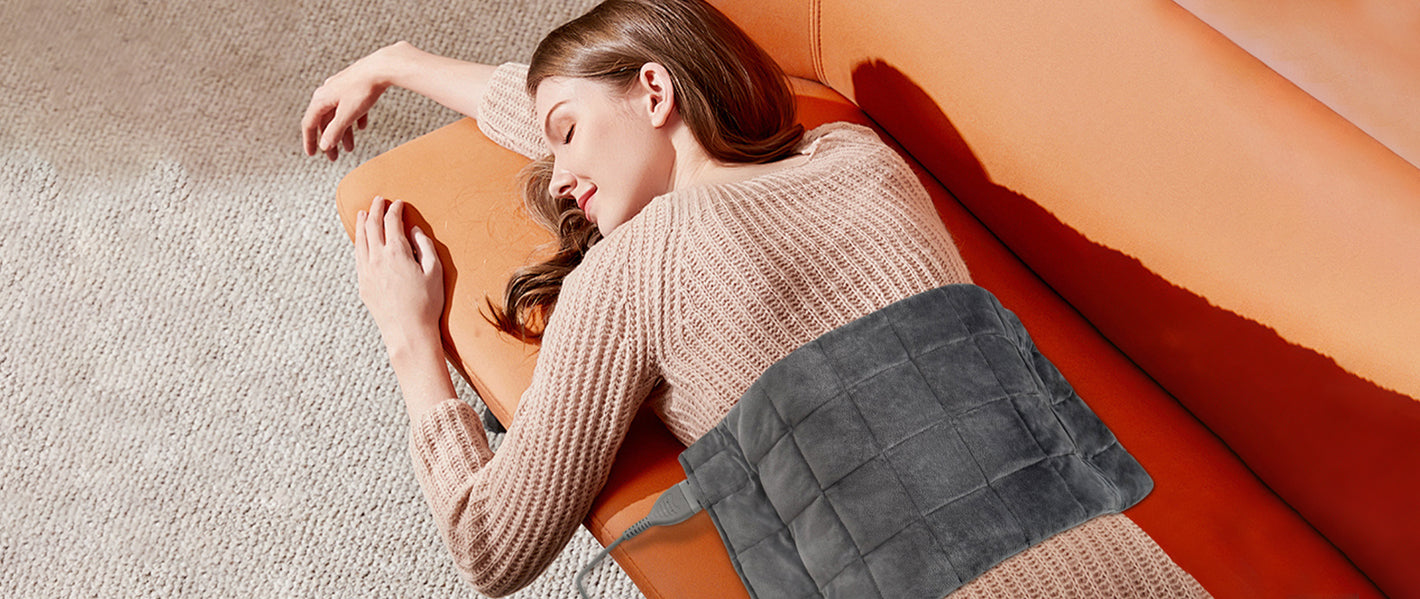
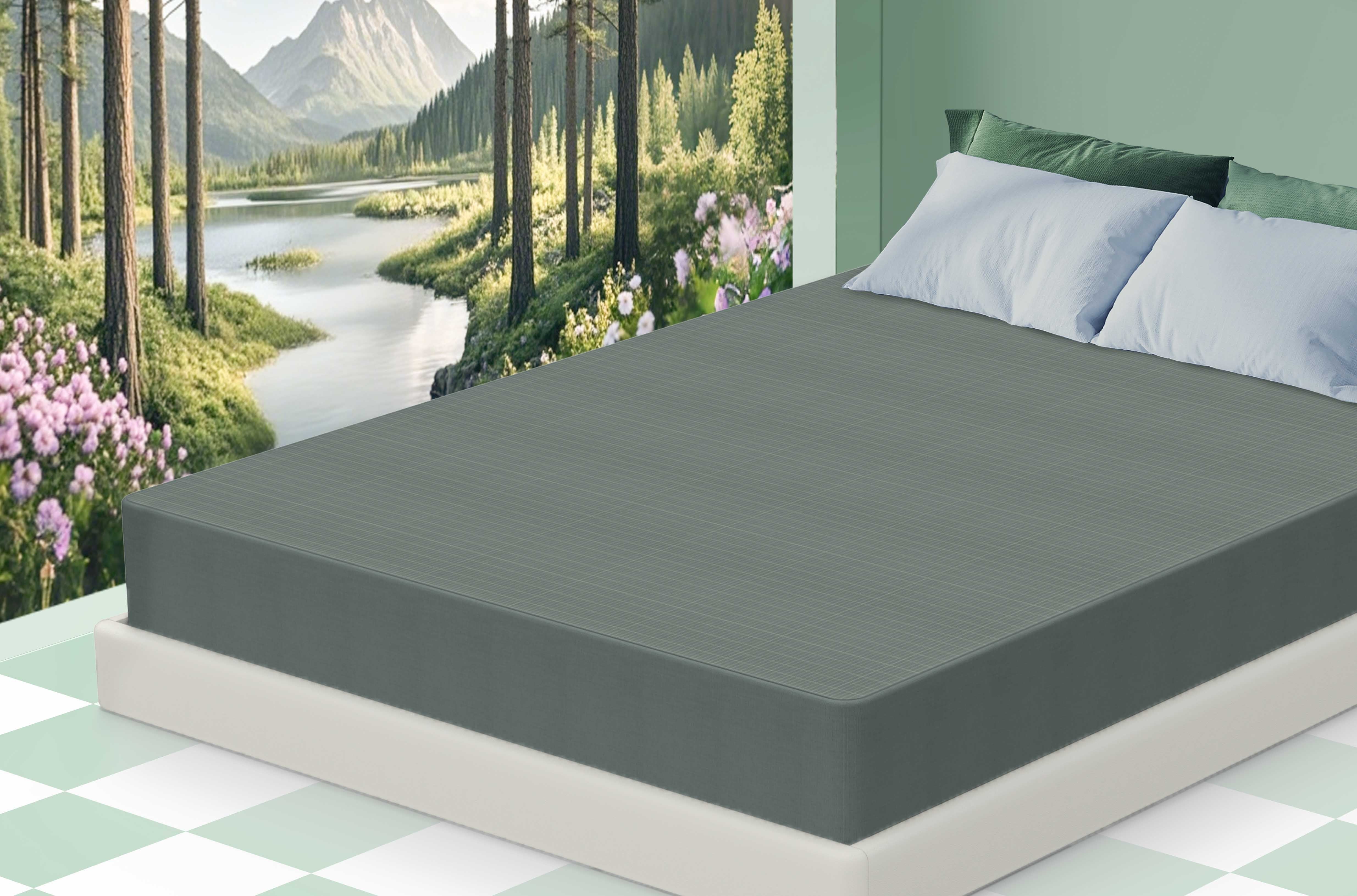

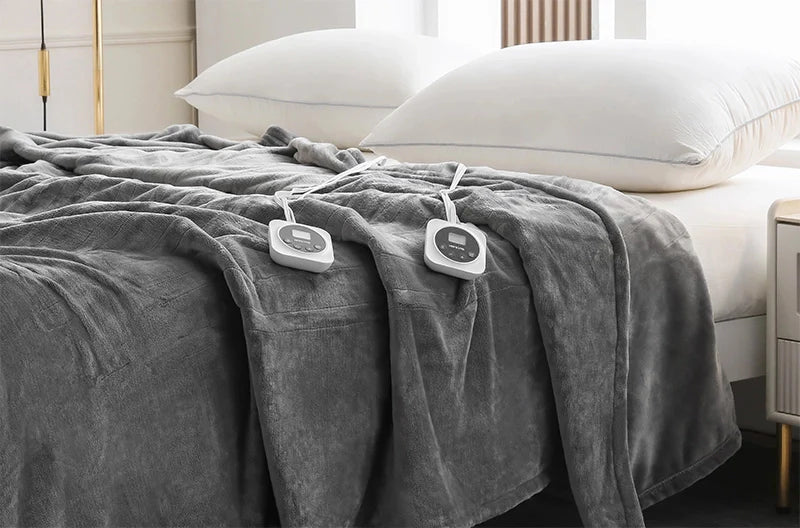
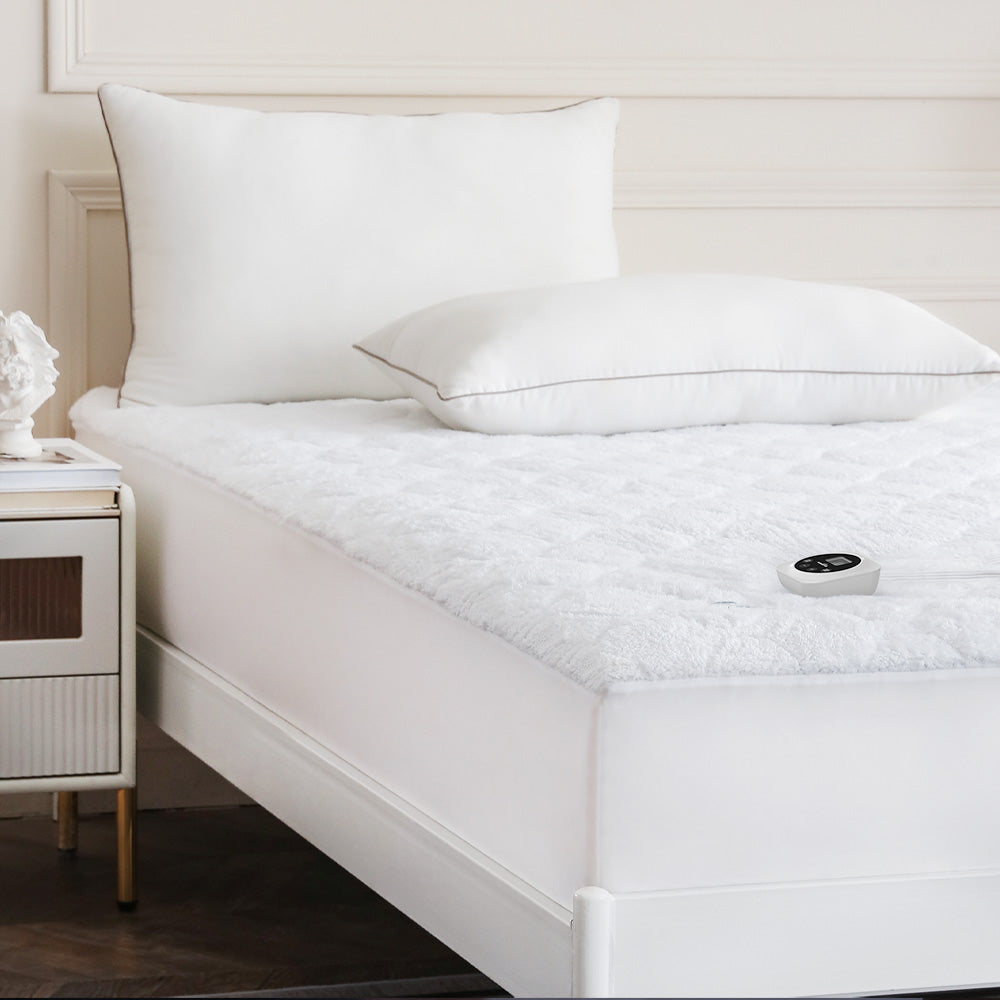
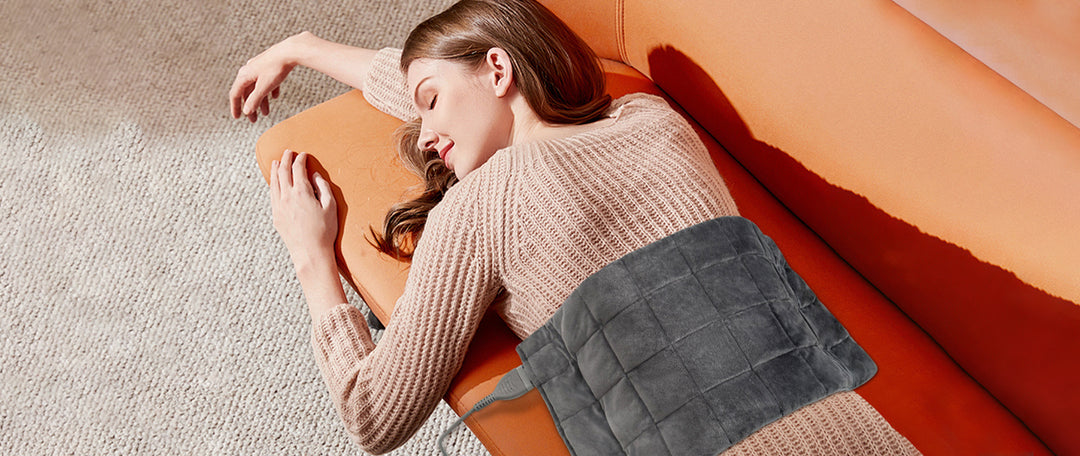
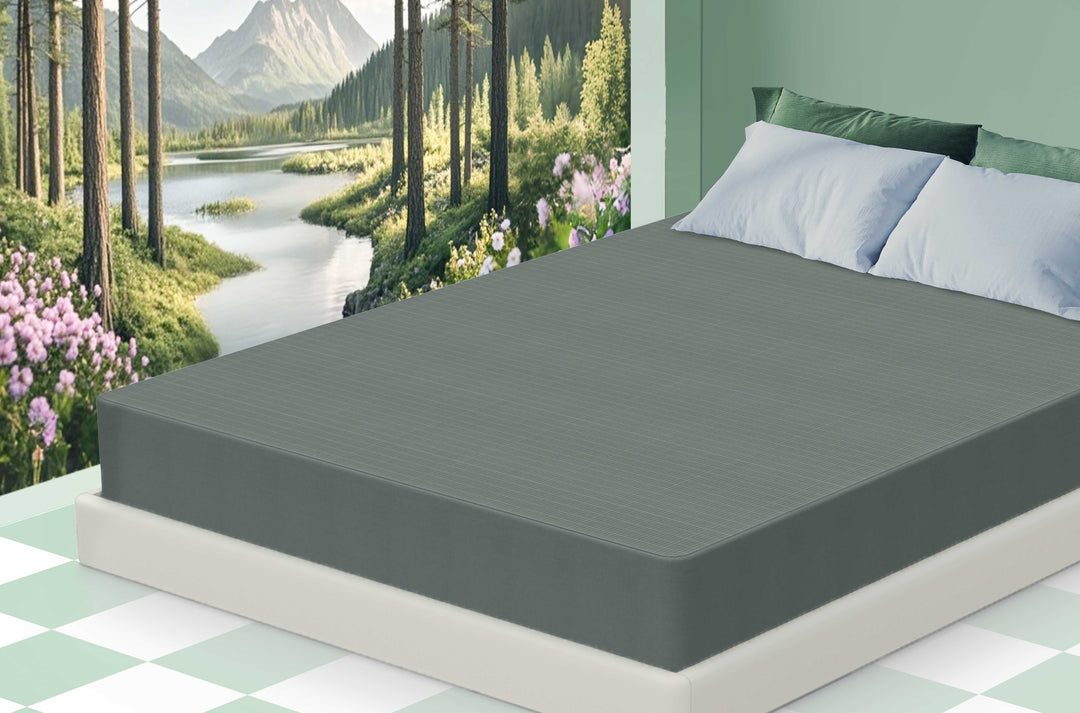



Leave a comment